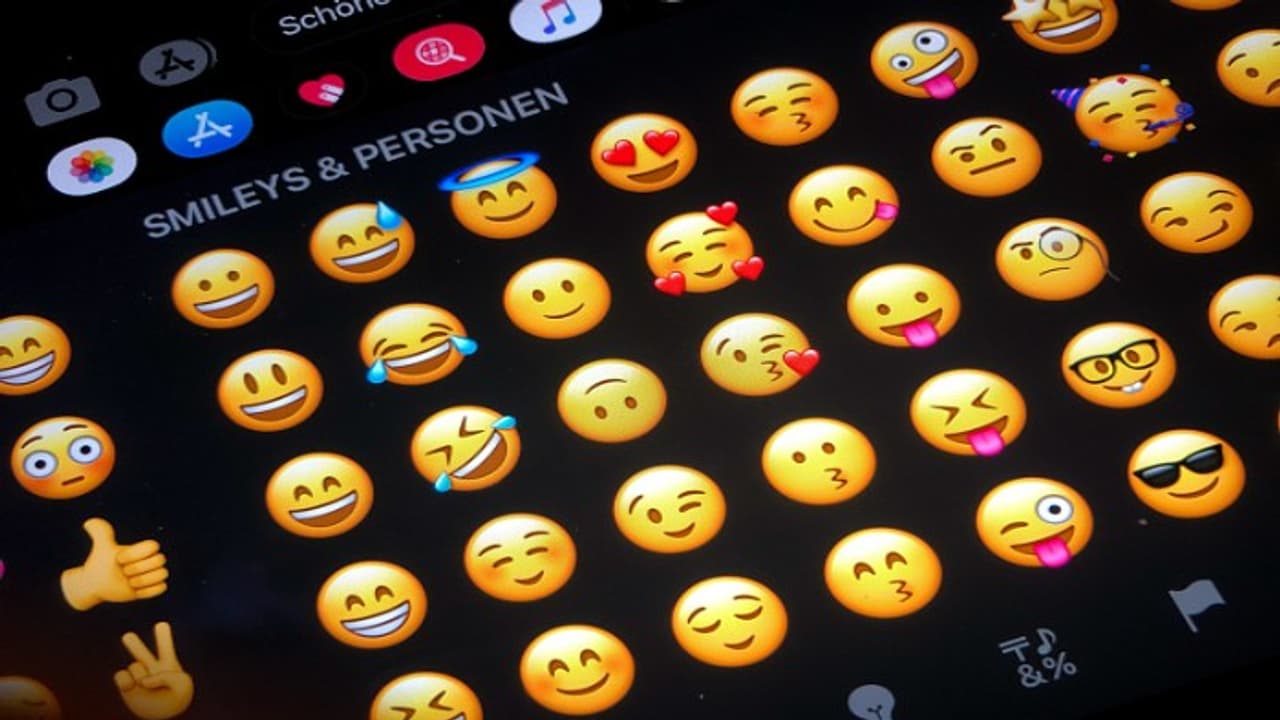Researchers at Indiana University discovered that individuals with higher emotional intelligence and secure attachment are more inclined to use emojis.
Emojis, those tiny digital symbols ranging from cheerful smiley faces to quirky avocados and suggestive eggplants, have become an essential tool in modern communication. Now, a groundbreaking study suggests that these colorful emoticons do more than just spice up messages - they reveal layers of emotional intelligence and attachment styles.

According to Daily Mail report, researchers at Indiana University discovered that individuals with higher emotional intelligence and secure attachment are more inclined to use emojis. The reason? Emojis help reduce ambiguity, ensuring that the message's intent is clear while catering to how the recipient might interpret it.
“Emojis can lighten the mood, clarify tone, and even offer a glimpse of humor to prevent awkward misunderstandings,” the study noted.
Also read: Do men find female genitalia attractive? Here’s what the research says
Women vs Men: The emoji divide
Women are generally more expressive with emojis, using them to convey nuanced emotions, especially with close friends and family. On the other hand, men, often exhibiting higher levels of attachment avoidance, were less inclined to use emojis in their interactions, particularly with romantic partners.
Interestingly, those with avoidant attachment issues tended to shy away from emoji use altogether, whether communicating with loved ones or friends.
Beyond adding charm to texts, emojis were found to foster emotional clarity and intimacy. They were especially prevalent in romantic and sexual interactions, serving as subtle cues to maintain connection after initial encounters, like a first date.
“Women may be more emotionally expressive, want to convey more complex meaning, and/or aim to be more precise in their communication, particularly with friends and family,” the researchers noted in their study published in PLOS ONE.
Individuals with higher emotional intelligence, who frequently used emojis, displayed a keen ability to interpret emotional cues and manage social connections adeptly.
For them, emojis went beyond being playful symbols—they became tools for self-expression and emotional resonance. In contrast, participants with avoidant tendencies viewed emojis as merely transactional, stripping them of emotional depth.
“This indicates that individuals with higher EI [emotional intelligence] are better at interpreting the emotional cues in emojis,” the researchers explained.
“It’s not just about a smiley face or heart emoji,” the study concludes. “It’s a way to convey meaning, connect emotionally, and manage relationships in an increasingly digital world.”
